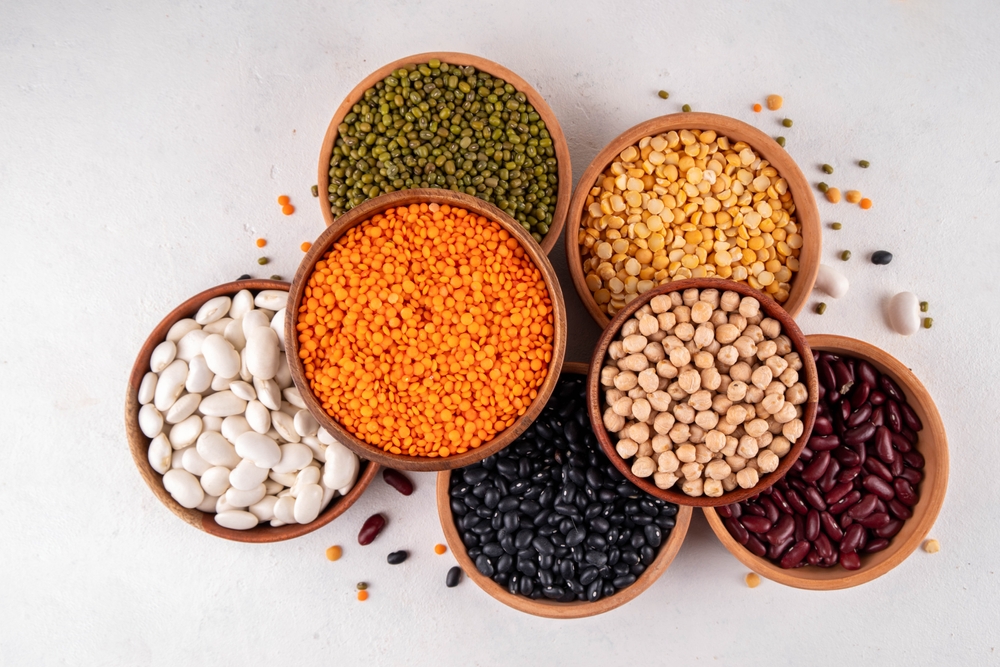Managing your grocery budget doesn’t mean sacrificing flavor or nutrition. By focusing on versatile, nutrient-dense staples, you can craft meals that are both satisfying and economical. These staples not only stretch your budget further but also encourage creativity in the kitchen.
1. Dried Beans

Dried beans are a powerhouse of nutrition and versatility, offering a wealth of culinary possibilities. From lentils to chickpeas, beans are rich in protein, fiber, and essential vitamins. Their long shelf life makes them a practical pantry staple, allowing you to buy in bulk without worrying about spoilage. Preparing dried beans does require some planning, as they need to be soaked and cooked, but the payoff is worth it in terms of both flavor and cost efficiency.
Incorporating dried beans into your meals can significantly reduce your grocery expenses. A 2016 study published in the Journal of Food Distribution Research found that dried beans are one of the most cost-effective sources of protein available. You can create hearty soups, stews, and even salads with beans as the star ingredient. Plus, their ability to absorb various flavors makes them a versatile component in diverse culinary traditions, from Mexican to Indian cuisines.
2. Rice
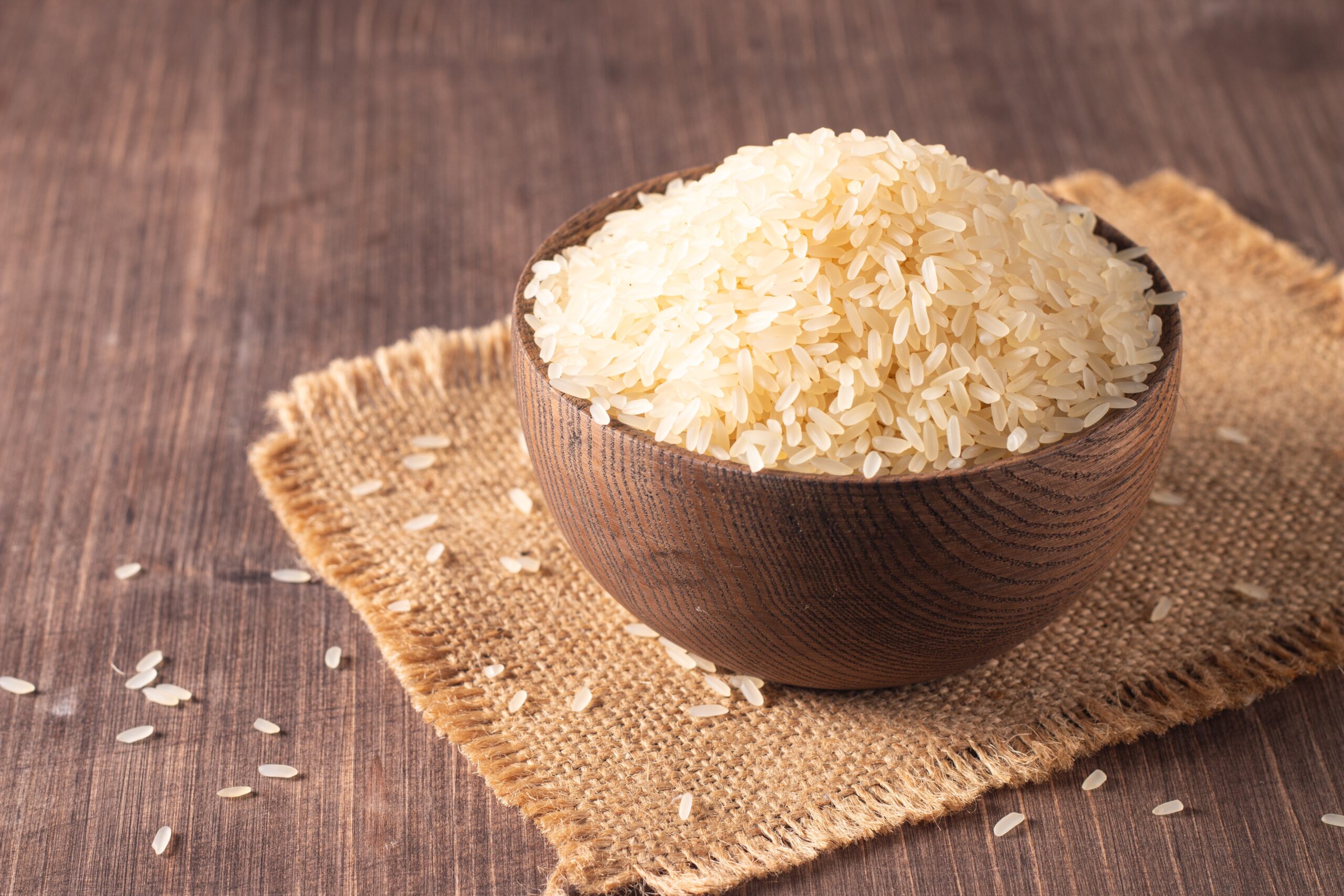
Rice is a staple in many cultures, known for its adaptability and ability to complement almost any dish. With varieties like jasmine, basmati, and brown rice, you can easily change up your meals without breaking the bank. This grain can serve as a base for stir-fries, curries, or simple rice bowls, allowing you to stretch more expensive ingredients further. Its relatively low cost and long shelf life make it an essential component of a budget-friendly pantry.
When you buy rice in bulk, you’re making a smart financial choice that can yield countless meals. Cooking rice is straightforward, and by adding just a few seasonings or additional ingredients, you can transform it into a delicious side or main dish. Brown rice, in particular, provides added nutritional benefits with its higher fiber content, supporting digestive health. By mastering a few rice-based recipes, you ensure that your meals remain varied and nutritious.
3. Pasta

Pasta is a beloved staple that offers an array of shapes and sizes to suit any culinary preference. Its affordability and ease of preparation make it a go-to for quick, satisfying meals. Whether paired with a simple tomato sauce or a more elaborate creation, pasta serves as a canvas for flavors and textures. It’s a perfect example of how simple ingredients can come together to create something truly comforting and delicious.
A study from the American Journal of Clinical Nutrition in 2018 confirmed that pasta, when consumed as part of a balanced diet, does not contribute to weight gain. This finding debunks the misconception that pasta should be avoided by those watching their waistline. Whole grain or legume-based pasta options provide additional fiber and protein, making them an excellent choice for health-conscious people. With pasta in your pantry, you can easily whip up a gourmet meal without spending a fortune.
4. Canned Tomatoes
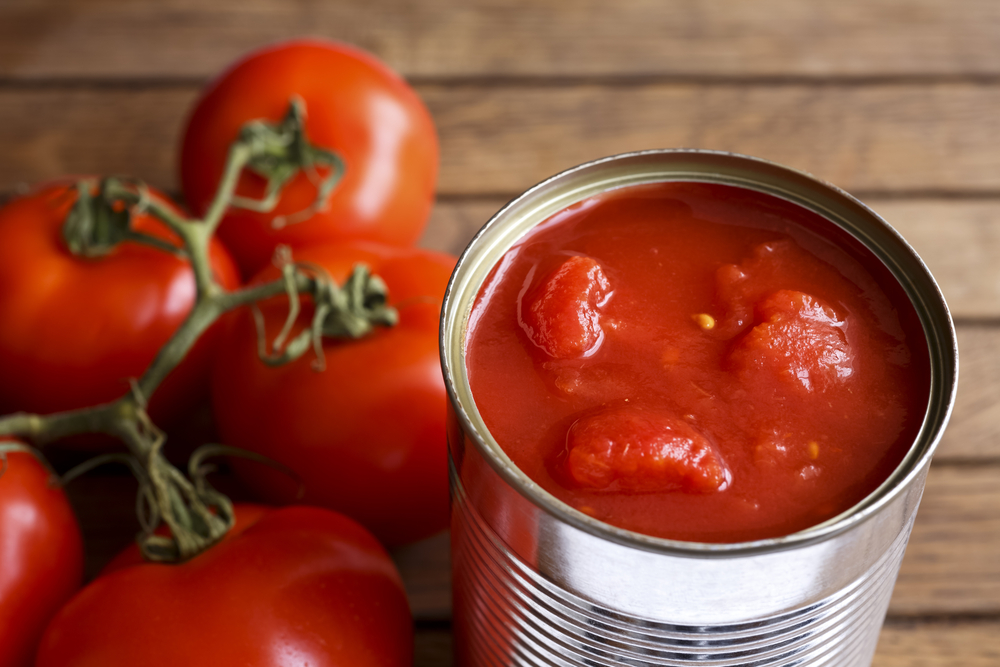
Canned tomatoes are a kitchen staple that can elevate countless dishes with their rich flavor and versatility. They’re an affordable option that packs a nutritional punch, offering a good source of vitamins C and K, as well as antioxidants like lycopene. Whether you’re making a sauce, soup, or stew, canned tomatoes bring a depth of flavor that fresh tomatoes often lack. Their long shelf life means you can stock up and always have a savory, tangy base for your dishes.
Incorporating canned tomatoes into your cooking repertoire can help stretch your budget while allowing for culinary creativity. They can be blended into a smooth sauce or used chunky to add texture to your dishes. With a few herbs and spices, canned tomatoes can transform a simple meal into something memorable. The convenience they offer cannot be overstated—just open a can and you’re ready to go, no peeling or chopping required.
5. Oats

Oats are a nutritional powerhouse, offering a hearty start to your day or a versatile ingredient for savory dishes. Known for their high fiber content, oats can help regulate blood sugar levels and support heart health. They’re incredibly affordable, making them a staple in a budget-conscious kitchen. Whether you prefer rolled, quick, or steel-cut oats, they all provide a comforting, filling meal option.
A study published in The British Journal of Nutrition in 2014 highlighted oats’ role in reducing cholesterol levels, making them a heart-healthy choice. Beyond breakfast, oats can be used in baking, as a binder for meatballs, or even as a base for savory porridge. This versatility ensures you can incorporate them into different meals throughout the day. With a variety of ways to prepare and enjoy them, oats can easily become a favorite staple in your home.
6. Eggs

Eggs are one of the most versatile foods available, offering a rich source of protein, vitamins, and minerals. Their affordability makes them an ideal choice for people looking to maximize their grocery budget. You can enjoy eggs in countless ways, from classic preparations like scrambled or poached to more elaborate dishes like frittatas and quiches. They pair beautifully with a wide range of ingredients, allowing you to get creative in the kitchen.
Eggs also have a long shelf life when stored properly, making them a reliable staple to keep on hand. They can serve as the main component of a meal or as a complement to other dishes. Their versatility extends to baking, where they contribute to the structure and texture of cakes and breads. By experimenting with different egg-based recipes, you can continually delight your taste buds without overspending.
7. Potatoes

Potatoes are a beloved staple that offers endless culinary possibilities, from crispy fries to creamy mashed potatoes. Economical and filling, they provide significant value for their cost, making them a staple in many households. Potatoes are also packed with nutrients, including vitamin C, potassium, and fiber. Their versatility is unmatched, allowing you to prepare them in countless ways depending on your mood and available ingredients.
According to research from the University of California, potatoes are an excellent source of resistant starch, which can improve gut health by feeding beneficial bacteria. Whether you choose russet, red, or sweet potatoes, they can be baked, boiled, or roasted to suit any meal. Pair them with proteins or vegetables to create a balanced, satisfying dish. With potatoes as a staple, you can enjoy a wide array of comforting meals without straining your budget.
8. Frozen Vegetables

Frozen vegetables offer a convenient and cost-effective way to ensure you always have nutritious options on hand. Unlike fresh produce, frozen veggies don’t spoil quickly, reducing food waste and saving you money in the long run. They’re typically frozen at peak ripeness, preserving their vitamins and minerals. This makes them a reliable choice for people who want to maintain a healthy diet without the constant need for grocery trips.
Using frozen vegetables also allows you to enjoy out-of-season produce, giving you more variety in your meal planning. They’re perfect for quick stir-fries, soups, or as an easy side dish that requires minimal preparation. Simply steam or sauté, and you have a nutritious addition to your meal. Embrace the practicality of frozen vegetables and discover how they can simplify your cooking routine while keeping your budget intact.
9. Canned Fish
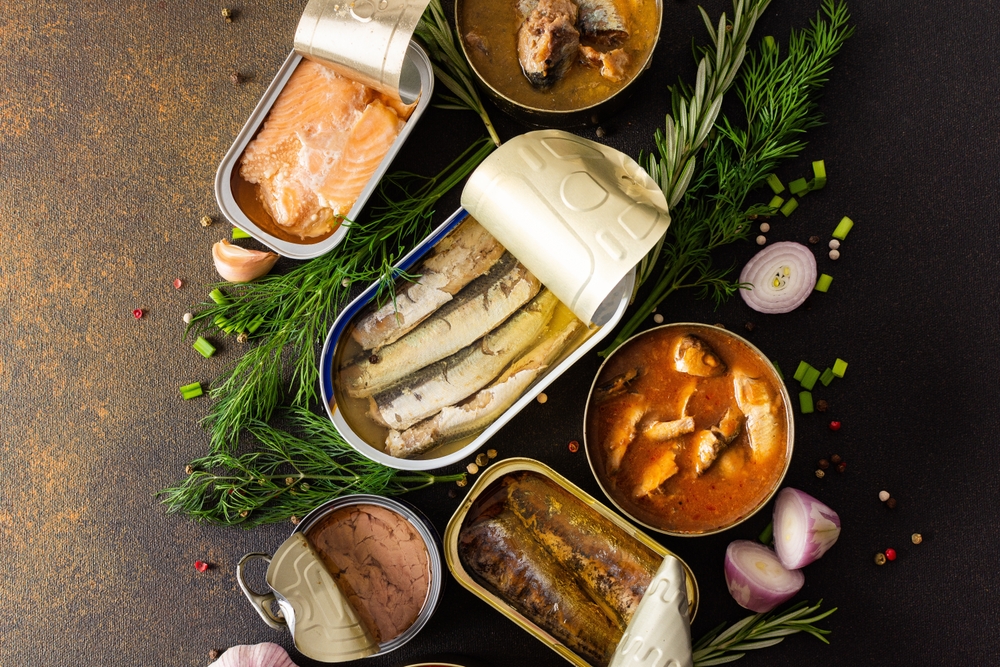
Canned fish, like tuna or salmon, is a protein-rich staple that is both convenient and affordable. It provides essential omega-3 fatty acids, which support heart health and cognitive function. Canned fish has a long shelf life, meaning you can stock up without worrying about spoilage. This makes it an excellent choice for people seeking to maintain a nutritious diet while keeping costs down.
Incorporating canned fish into your meals is as simple as opening a can and adding it to salads, sandwiches, or pasta dishes. The flavors of canned fish pair well with various seasonings and ingredients, offering you creative culinary options. With sustainable fishing practices gaining traction, you can find responsibly sourced options that align with your values. As a pantry staple, canned fish offers a quick, nutritious solution to your meal planning needs.
10. Flour
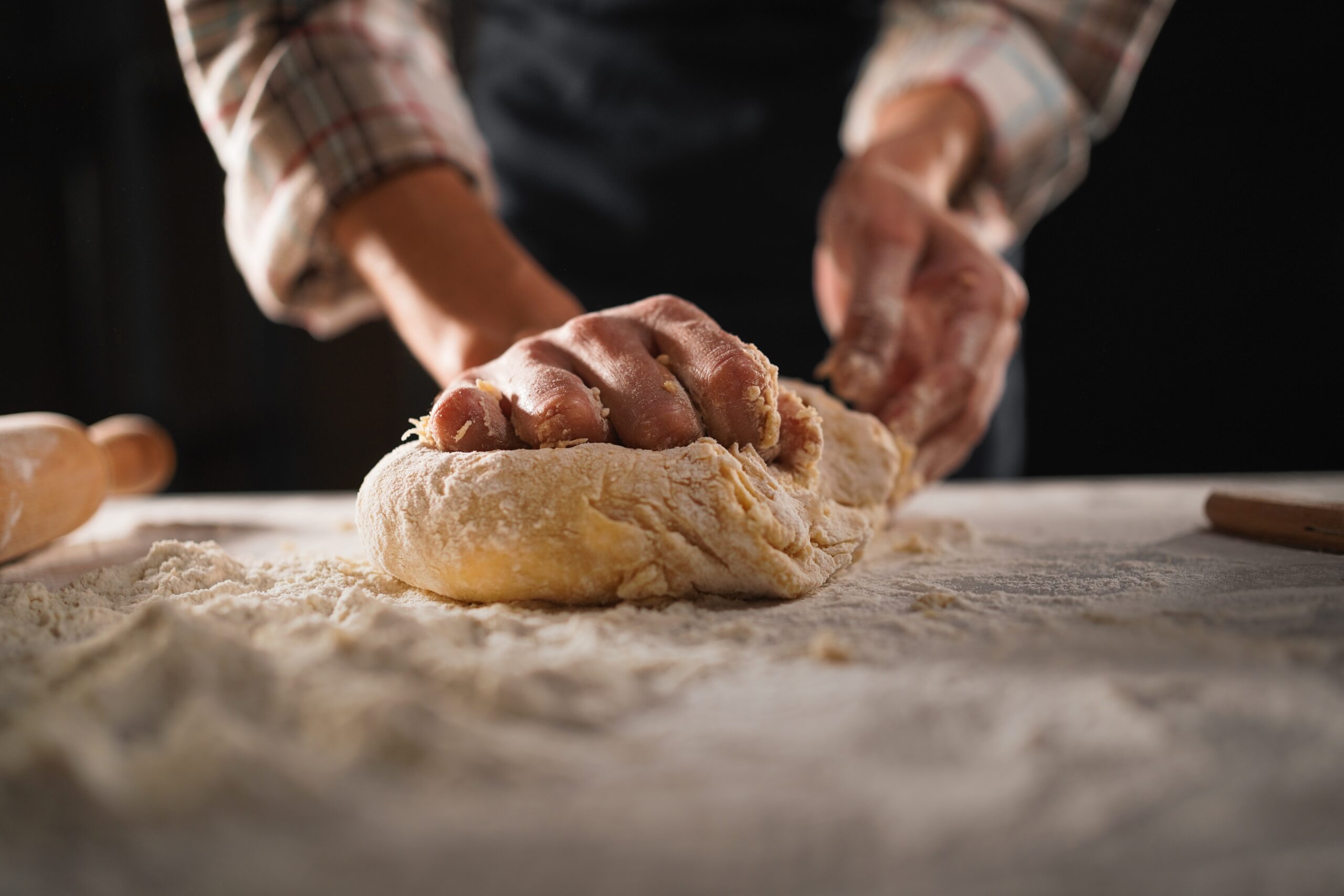
Flour is a foundational ingredient in both cooking and baking, offering unparalleled versatility in the kitchen. From homemade bread to pancakes, having a steady supply of flour opens up a world of possibilities. It’s an affordable ingredient that can be bought in bulk, reducing costs and ensuring you have the means to create a variety of dishes. Whether you use all-purpose, whole wheat, or specialty flours like almond or coconut, flour is indispensable.
Learning to bake with flour allows you to create goods that are often less expensive and more wholesome than store-bought versions. Beyond baking, flour can be used to thicken soups, sauces, and gravies, adding body and texture to your meals. Embrace the creativity that comes with baking, and experiment with different recipes to keep your meals exciting. With flour as a staple, you open the door to a wide array of budget-friendly cooking adventures.
11. Onions
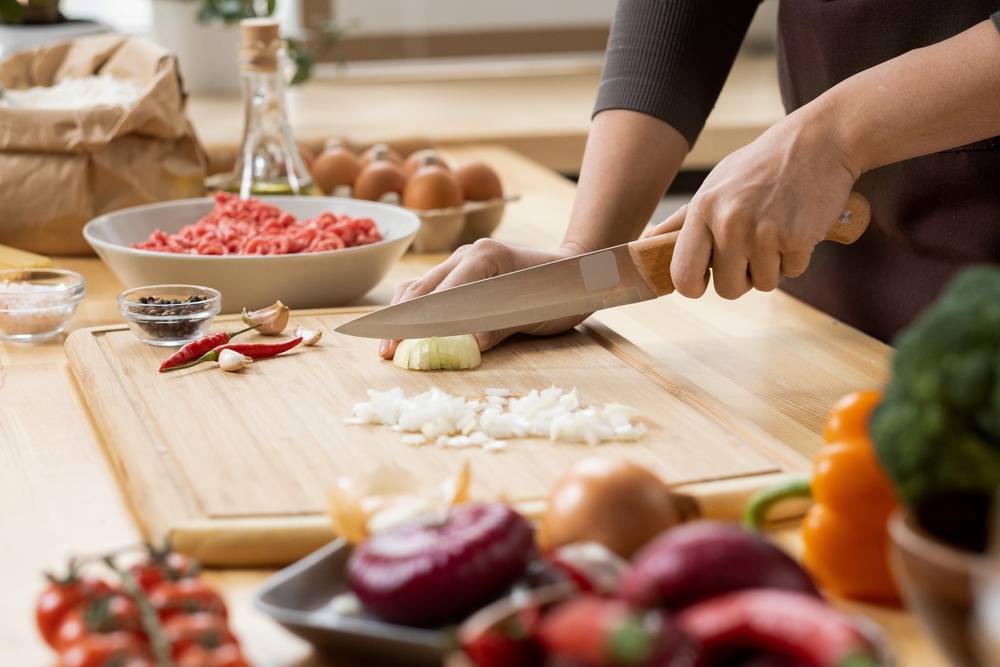
Onions are a kitchen essential that add depth and flavor to a wide range of dishes. Their affordability and long shelf life make them a practical choice for cost-conscious people. As a foundational ingredient, onions can elevate the taste of soups, stews, stir-fries, and more. Their natural sweetness and complex flavor profile develop further when caramelized, making them a versatile addition to any meal.
Incorporating onions into your cooking can transform a simple dish into something extraordinary. By sautéing or roasting onions, you unlock their rich, savory qualities that enhance other ingredients. They’re also a key ingredient in many global cuisines, allowing you to explore diverse culinary traditions. Keep onions on hand to ensure your meals maintain a satisfying complexity without stretching your budget.
12. Carrots

Carrots are a versatile vegetable that can be enjoyed in both sweet and savory dishes. They’re budget-friendly, nutritious, and have a long shelf life when stored properly. Rich in beta-carotene, fiber, and antioxidants, carrots contribute to a balanced diet and support overall health. Their naturally sweet flavor makes them a favorite in soups, stews, and salads, or simply enjoyed raw as a snack.
The versatility of carrots extends to their ability to be roasted, steamed, or even baked into desserts like carrot cake. Their vibrant color and flavor can add visual appeal and taste to your meals. By keeping carrots as a kitchen staple, you ensure you always have a healthy, affordable ingredient on hand. Embrace their potential and experiment with new recipes to keep your culinary creations fresh and exciting.
13. Cabbage

Cabbage is an underrated staple that offers incredible versatility and nutritional value. It’s a cost-effective ingredient that can be used in salads, stir-fries, and soups, providing texture and flavor. Cabbage is rich in vitamins C and K, as well as fiber, making it a healthy addition to your meals. Its ability to be enjoyed both raw and cooked makes it a dynamic component of your culinary repertoire.
Incorporating cabbage into your cooking routine can help stretch your budget while adding variety to your meals. Whether you choose green, red, or Savoy cabbage, each type offers unique flavors and textures. Cabbage can be fermented into sauerkraut or kimchi, offering probiotic benefits that support gut health. By embracing cabbage’s versatility, you can create dishes that are both affordable and packed with nutrients.
14. Peanut Butter

Peanut butter is a beloved staple that offers both nutritional benefits and culinary versatility. It’s an affordable source of protein and healthy fats, making it a satisfying option for people looking to maximize their grocery budget. Peanut butter can be enjoyed in classic pairings like sandwiches or used to add flavor and richness to sauces, dressings, and baked goods. Its creamy texture and nutty flavor make it a favorite among all age groups.
Incorporating peanut butter into your meals can help you create satisfying dishes that are both nutritious and budget-friendly. It’s a perfect ingredient for smoothies, providing added protein and flavor without requiring expensive supplements. Experiment with peanut butter in savory recipes, such as satay sauces or spicy peanut stews, to discover its full potential. With peanut butter as a pantry staple, you can create a variety of delicious, cost-effective meals.
This article is for informational purposes only and should not be construed as financial advice. Consult a financial professional before making investment or other financial decisions. The author and publisher make no warranties of any kind.





